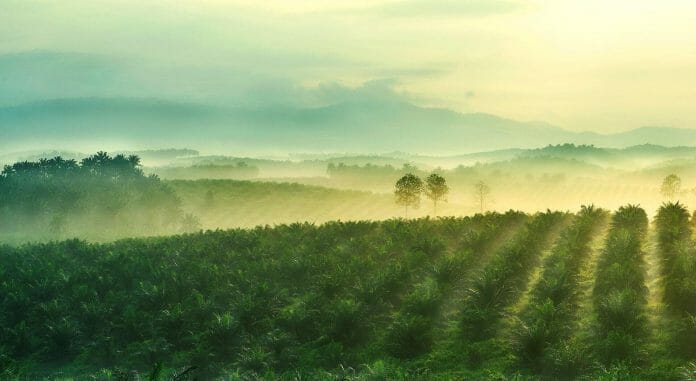Malaysian plantation sector ended the year 2022 with positive output growth of 1.9%. Going into 2023 – RHB Research expects output to grow further assuming labour issues are resolved, while demand should also continue to recover in light of the still relatively inexpensive pricing
dynamics. In the regional update on plantation sector, RHB Research expects Indonesia’s policies to continue to play a big part in the price direction in 2023.
Malaysia’s palm oil (PO) output fell 3.7% MoM in Dec 2022, bringing 2022 output growth to +1.9% YoY. This led to stocks declining to 2.19 million tonnes (-4.1% MoM). Exports fell 3.5% MoM despite Indonesia’s tax levy being reinstated, bringing 2022 exports to +1.2% YoY. There might be a further decline in stocks in the coming months as output is expected to fall MoM until end-1Q23 due to the low output season, while demand may see improvements due to the tightening domestic market obligation (DMO) export ratio in Indonesia and festive Ramadan demand.
Recent developments of the regional plantation sector:
*Indonesia reduced its domestic export quota to 1:6 (from 1:8) from January 1, as a preventive measure against the potential increase in domestic cooking oil prices as demand generally rises during Ramadan and Aidil Fitri, which will fall in Mar and Apr 2023. While this should be positive for prices – the research house does not expect actual export volumes to be impacted significantly, as it will be low crop season in 1Q;
*Indonesia delayed its B35 biodiesel mandate start date to 1 Feb (from Jan). However, the total allocation for 2023 remains at 13.15 million kL (12.9m tonnes), up 20% from 2022’s 11 million kL (10.8m tonnes), which the research house believes could be ambitious. YTD-Nov 2022, Indonesia has produced 10.78m kL of biodiesel;
*Discount between CPO and soybean oil (SBO) is rangebound at c.USD470/tonne – demand should remain robust. China’s PO imports are now down 24% YTD-Nov 2022 (from -34% in YTD-Oct), while India’s PO imports in YTD-Nov 2022 are now up 7% YoY (from -1% in YTD-Oct 2022);
*China and India favoured Indonesian palm oil, as their Dec 2022 stock levels rose despite declining Malaysia’s exports. China’s stock levels rose to 52% above historical levels (from 37% in Nov 2022) supported by restocking activities for the Lunar New Year festivities while India’s stock levels rose to 39% above historical levels (from 14% in Nov 2022), likely due to importers taking advantage of lower import duty structure on refined PO before its expiry end-2022. However, the lower duty structure has now been extended until 31 Mar 2024;
*The POGO spread remains negative – with gas oil at USD21.12/bbl (USD155/tonne) cheaper than CPO – making it no longer financially feasible to produce biodiesel without subsidies. This is reflected in Indonesia’s biodiesel export volume in Nov, which fell 89% MoM.
The research house has reiterated its NEUTRAL rating on regional plantation sector, with a trading strategy. RHB Research continues to favour integrated players like KLK, IOI and Wilmar. However, it also sees value in players like Sarawak Oil Palms, Bumitama Agri and Golden Agri.









